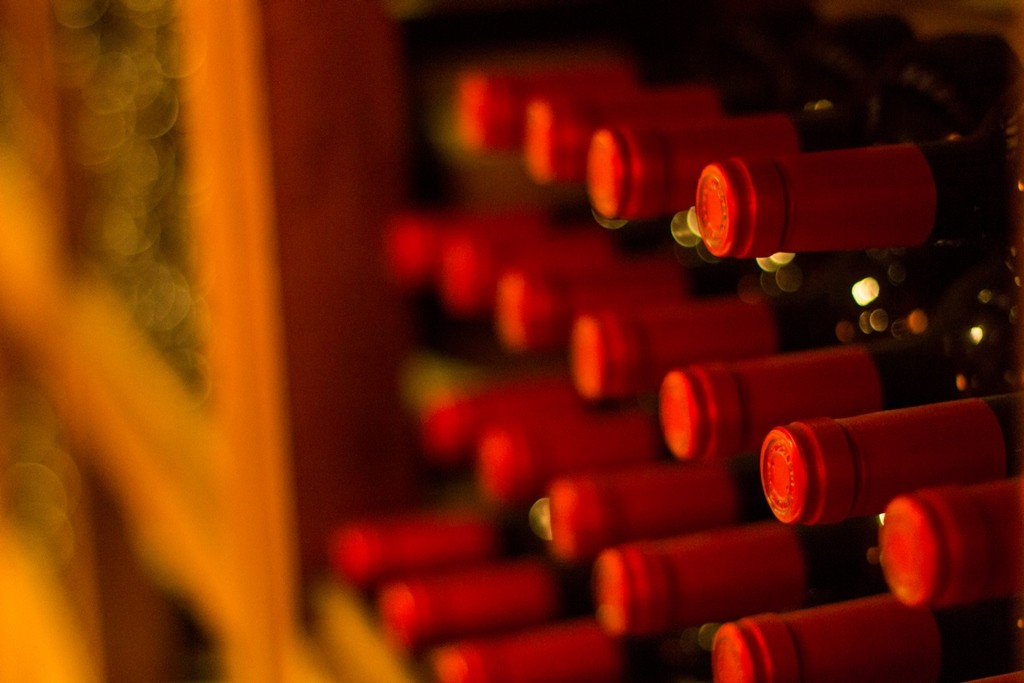We began searching the shelves of wine shops and we found that, besides the classic sectors such as “Malbec”, “Cabernet Sauvignon” and “Chardonnay”, some stores had a special place for “Other varietals”. In this small corner, Petit Verdot, Cabernet Franc and Riesling made their shy appearances. With time, their outstanding performance along with human curiosity have incremented their demand and, therefore, their supply.
Some of these “other varietals” that I enjoy drinking and would like to share with you, are:
Cabernet Franc: a variety that turned out to be the father of Cabernet Sauvignon after it was combined with Sauvignon Blanc. It is originally from The Loire Valley, in France. It is a fresh variety, with good acidity and rich tannins. Its aromas are piquant and spicy and they resemble red fruits with good intensity. Striking labels: Bressia, Durigutti, El Enemigo, Andeluna, Lamadrid, Númina and Benegas Lynch.
Petit Verdot: a wild and complex variety usually incorporated in the classic Bordeaux blends. It possesses a good level of acidity balanced by the presence of tannins, as well as smooth blackberry and blueberry aromas. This varietal is ideally paired with red meat. Labels to consider are: Decero, Finca la Anita, Ruca Malén and Lorca Poético.
Tannat: variety from Southeast France. It is robust, firm and structured. It grows in places with maritime climate at sea level as well as in continental climate, in the middle of the Andes. In the nose one can experiment fruity toffee aromas, chocolate and caramel and the aftertaste is minty. It is a wine to drink in the winter alongside a lentil stew or a roasted lamb with mashed potatoes. Labels to try: Ben Marco, Laborum and Las Perdices.
Sauvignon Blanc: it was born in the Southeast of France and reached its splendour in Bordeaux as a component of the acclaimed Sauternes and Barzac. In addition, it revolutionized history in the central area of The Loire Valley under the names of Sancerre and Poully Fume. It has favourably developed in countries like New Zealand, South Africa, Chile and, naturally, Argentina. There are many styles to Sauvignon Blanc: it can be light and fresh, tropical, some possess more body and structure and others make its wild side emerge, honouring its original name, sauvage blanc. Labels that are a must: Doña Paula, Monteviejo, Zorzal and Bacán.
Fiano: originally from southern Italy, specifically from Campania. It is a white wine with strong aromas that do not tire the nose. Fiano evokes aromas of spices, honey, fruit and white flowers. It has good acidity and full body with great aging potential; it has proven to evolve wonderfully in the bottle. Labels: Caelum and Santa Julia Innovación by Zuccardi.
Riesling: it comes from the Rhine area in Germany. It is a very expressive and aromatic variety, in which flower and scented aromas prevail (fruity aromas with a touch of floral spicy aromas) as well as mineral aromas. It possesses a high level of acidity and can therefore be easily found with a few grams of added sugar that produce balance. In Argentina we can definitely encounter a few representatives of this varietal worthy of acquiring and storing: recommended labels are Doña Paula and Luigi Bosca. In Salta, Amalaya incorporates Riesling as a blend companion for Torrontés, which results in a very aromatic, complex and drinkable wine given its freshness.
Gewürztraminer: “Gewürz” in German means “spice” and the wine descends from the Traminers, Northwestern Italian region, hence its name. It is an aromatic variety of mild acidity and intense and exuberant aromas built on spicy notes of coriander, anise, caraway and lychee (What does lychee smell like? To me, it smells like pink grape mixed with Rose water and Saturn peach). Labels you must not miss are Rutini and Luigi Bosca.
Albariño: originally from Galicia, in Northwestern Spain. It is grown in Rias Baixas and in Northern Portugal where they call it “alvarinho”. The albariño is responsible for the so-called Portuguese Green wines, “Vinho verde”. These wines possess fresh aromas with pungent acidity that resembles a needle (bubbles that prick the tongue creating a sparkling sensation). In Argentina it is produced only by two wineries, Zuccardi under its Innovation line and Las Perdices. Both are worth the try and its ideal pairings are fish and seafood platters.
I encourage you to begin this endless journey. Upon embarking, you will find pleasure and fun and, additionally, it will brighten up your palate.
Enjoy and cheers!



